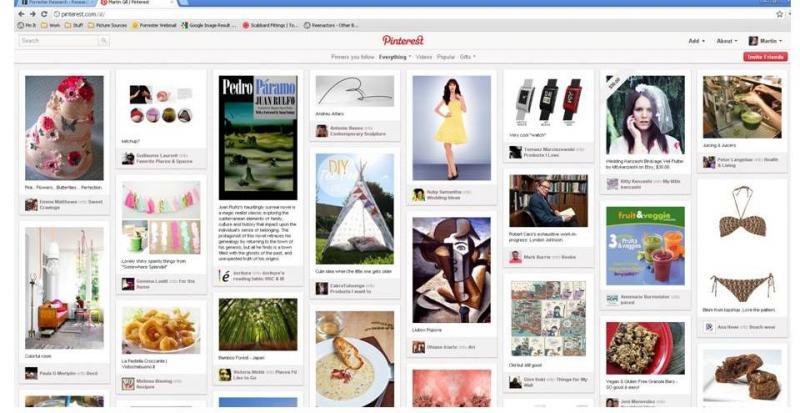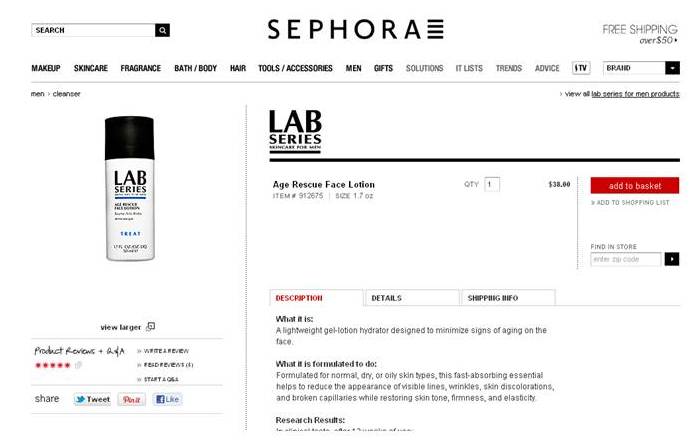How Quickly Can You Add A New Touchpoint?
Here at Forrester we have been talking about the concept of "agile commerce" for some time now, but it's not always easy to point to live examples of “agile”businesses. What is agile commerce? How do I become agile? Both are very valid questions that we are in the process of building out a series of research documents and case studies in order to answer.
But there is a live example happening right now that encapsulates what agile is all about for me.
For those of you who are yet to become completely addicted to Pinterest (and you will), it's basically an image sharing site that allows you to group together images from around the web into categories and pin them to a virtual pin board. It creates highly visual mood boards, wish lists, galleries, and collections of images that link back through to the original source (which is where Pinterest makes its money). And since so many Pinterest boards are all about style — fashion and home in particular — it has the potential to be a bit of a retail gold mine.

Unlike Facebook, which is much more about social connections, it looks like Pinterest users are more in a discovery and pre-shopping mode when they are pinning and are pre-inclined to buy if they click through to a retail website. With an ever-expanding network of users, Pinterest has the potential to bring some much needed serendipity to web shopping.
Pinterest is now in the sights of some major retailers. Amazon, eBay, Sephora, and others have now placed "Pin it" buttons on the product pages of their websites, allowing browsers to pin products to their own boards. And this is where the link to agile commerce comes in.

Look carefully and you can see a little red "Pin it" button inbetween the good old "Tweet" and "Like" icons in the pic above.
Pinterest is a new touchpoint.
So new that we don't yet know how it's really going to work as part of the customer journey, and whether it's even going to have a significant impact at all. But agile businesses are happy to experiment, and can do so quickly, adapting Pinterest into their touch point mix. They will undoubtedly be tracking what happens through detailed analytics. So rather than waiting to see how Pinterest grows, building a business case, seeking senior approval for a 5-year ROI case and then launching a project to make the change, these agile businesses have the processes, technology infrastructure, and, most importantly, culture, to include Pinterest into their mix and either reap the rewards early or fail fast.
Adding a single button onto a product page isn't really the biggest change a retailer will ever make to its website. But it's the a combination of the adoption of a new touchpoint and the point at which they do it (early) that sets these companies out as being agile.
We’ll be talking more about these issues at our eBusiness & Channel Strategy Summit in London on May 23rd. I look forward to seeing you there. There are details of the Summit here, or you can follow the Summit on LinkedIn here.
